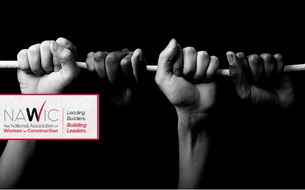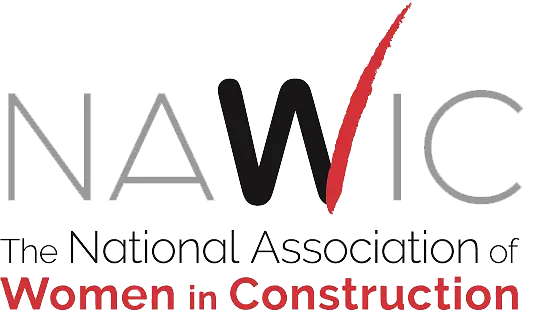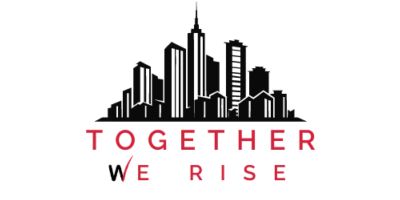Building Diversity in Construction: Setting Workforce Participation Goals

For many companies and organizations, future growth will depend upon building a more diverse and inclusive workforce. Studies have shown that diversity improves productivity, fosters innovation, and increases employee engagement. While the construction industry offers good paying jobs and steady career paths, it often relies on little more than good intentions to build diversity in their workforces.
Why diversity in construction is important
A diverse workforce can enhance innovation and problem-solving with a fresh perspective. When Consigli Construction project executive Jody Staruk saw an opportunity to bring diversity in construction to a renovation of the YWCA Central Massachusetts in Worcester, she pledged to align with the YWCA’s mission by having an all-women leadership team on the project. The YWCA serves as a community center, gym, and women’s shelter. In a Fast Company article, Staruk recalled, “The project manager asked the client what time do the kids nap so we can try to plan around not doing heavy demolition during those times. The women on the team, several of whom are mothers—that was something that they just thought of that I can’t say I’ve seen on other jobs.” According to the article, “The company also helped temporarily relocate the YWCA residents to a nearby college dormitory during construction on the living quarters—an effort that reduced disruption and sped up the timeline.”
Are construction workforce participation goals effective?
There has been a drive to ensure equity workforce goals are met through contract obligations in public construction projects and some private projects as well. Such equity contracting goals ensure minorities, women, and local workers are represented on construction jobsites. Minority representation is also an important part of the Infrastructure Investment and Jobs Act passed with support from bipartisan Congress representatives.
However beneficial participation goals are in theory, in practice they often come up short. For instance, Massachusetts began tracking the hours women and minorities worked on public construction projects in 2016 and established goals for women of 6.9% of total work hours and 15.3% for minorities. But after two years, an audit uncovered that many state-run construction projects had not hired any women or people of color.
In Canton, Ohio, deputy mayor and director of economic development, Fonda Williams believes the key to compliance includes periodic workforce participation reviews and phased-in incentives. “Cities can put what I call real teeth into the contract, real consequences. When I was economic development director and deputy mayor for the city of Canton, I put incentives on the table, but mandated that I wanted X amount of minority participation and job creation. So, depending on the kind of incentive, it could have been a tax credit over a 10-year period, or tax abatement. But my incentives were always phased in, so that if a project was not meeting the milestones, those incentives could be taken away. They’re not front-end loaded,” he said in a Construction Dive interview.
What else can be done?
Instead of measuring diversity by checking off boxes, some companies are tracking employees by trade, position, or economically distressed zip codes. This data provides a comprehensive look at how diversity translates into labor hours and dollars, allowing for measurable action and continued improvement of DEI goals.
Developing minority employees, or upskilling, is another way to build diversity in construction.. Many companies have established their own employee training programs to meet DEI goals. Collaborative public-private partnership programs also exist on national, state, and local levels to introduce women and minority candidates to the construction industry. Examples include:
- The Initiative for a Competitive Inner City (ICIC), a tuition-free, virtual executive education program that helps BIPOC- and woman-owned construction contractors build their businesses.
- Project: Accelerate!, a collaborative program between the Michigan Workforce Development Institute and The Build Initiative designed to introduce women to construction, engineering, design, and skilled trades.
- The Rising Builders Program, a public-private partnership between the City of East Orange and Triangle Equities, developer of The Crossings at Brick Church Station. Training is provided through pre-apprenticeships with the LiUNA Local 3 (Laborers International Union of North America).
Companies can also expand their efforts to build a more inclusive industry by voluntarily establishing partnerships with Minority Owned, Women Owned or Disadvantaged Business Enterprise (MWDBEs) and integrating diverse businesses into project planning.
NAWIC
As the leading organization for women builders, the National Association of Women in Construction is committed to building diversity in construction. Our Diversity, Equity, and Inclusion (DE&I) Committee has established a strategic plan which focuses on communication, education, and recruitment/retainment to create, support and sustain an inclusive culture. On an individual level, NAWIC provides community, mentorship, networking, leadership opportunities, and education opportunities for the more than 5,100 members in 118 chapters nationwide. NAWIC awards DE&! Corporate and Chapter Awards annually. For more information, visit nawic.org.


